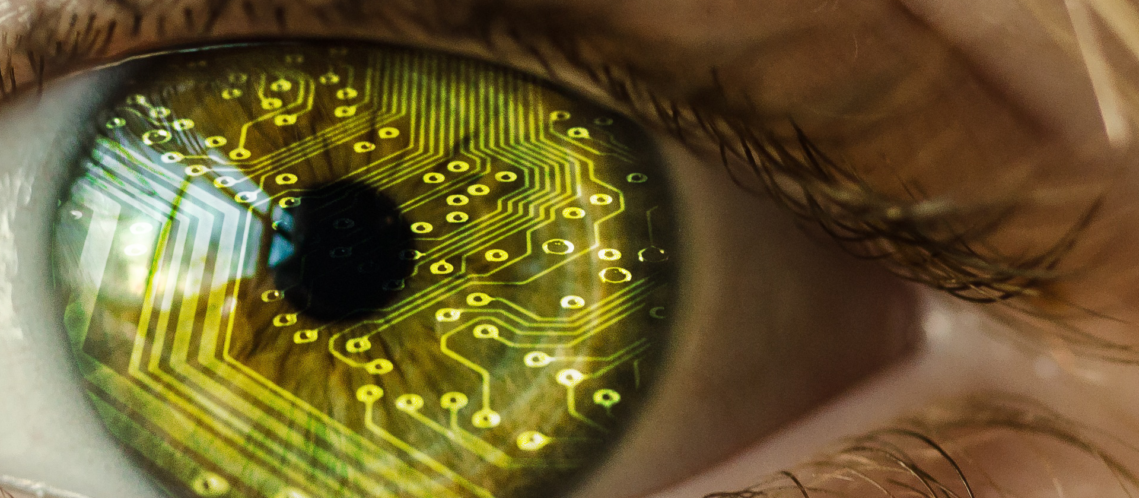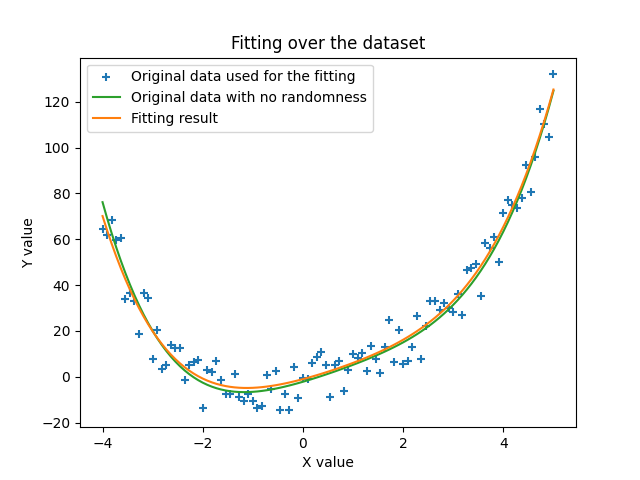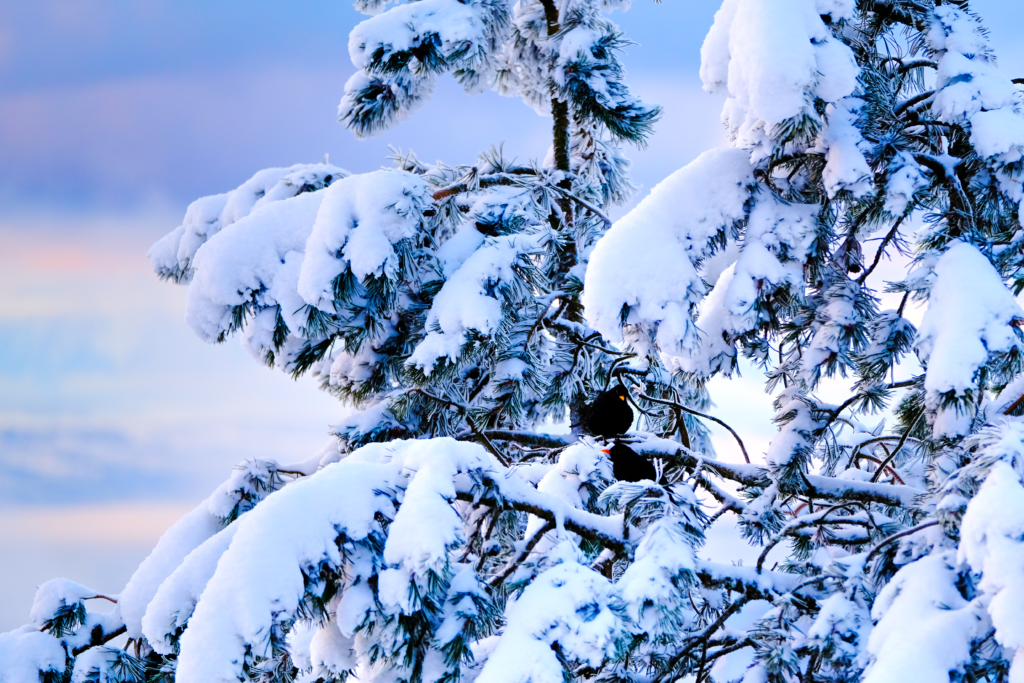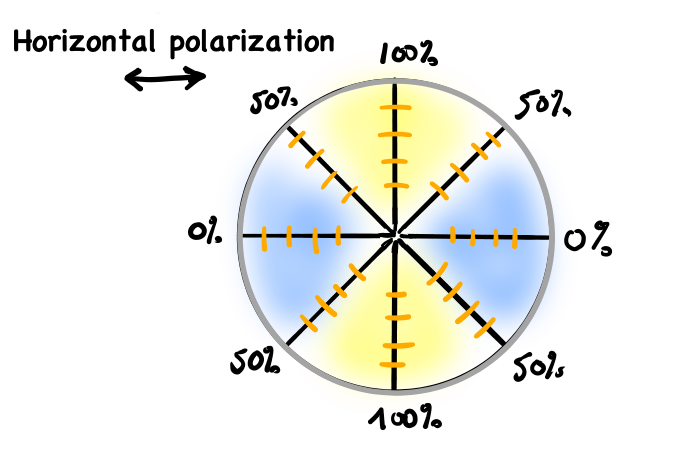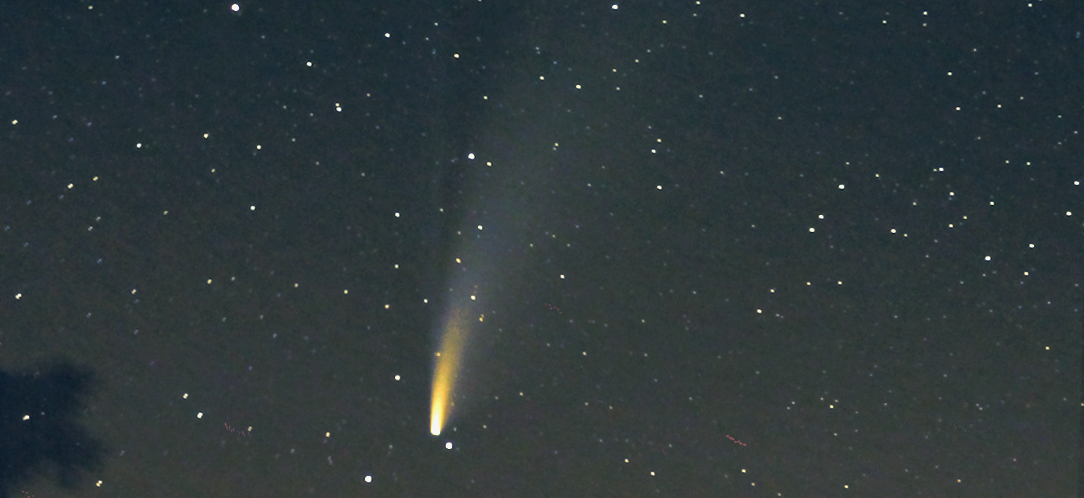Comme beaucoup d'autres, j'ai suivi ce qui est le plus grand changement de paradigme de ces cent dernières années. À mon avis, c'est la véritable prochaine grande étape de l'histoire de l'humanité qui est en train d'être franchie en ce moment même, comme certains semblent s'en rendre compte. Au début du XXe siècle, l'invention du moteur à combustion a tout changé. De la façon de se déplacer, à la façon de générer de l’électricité. Fondamentalement, l'intelligence artificielle est là pour faire la même chose, avec des conséquences difficilement prévisibles.
L'intelligence artificielle et le monde de demain
